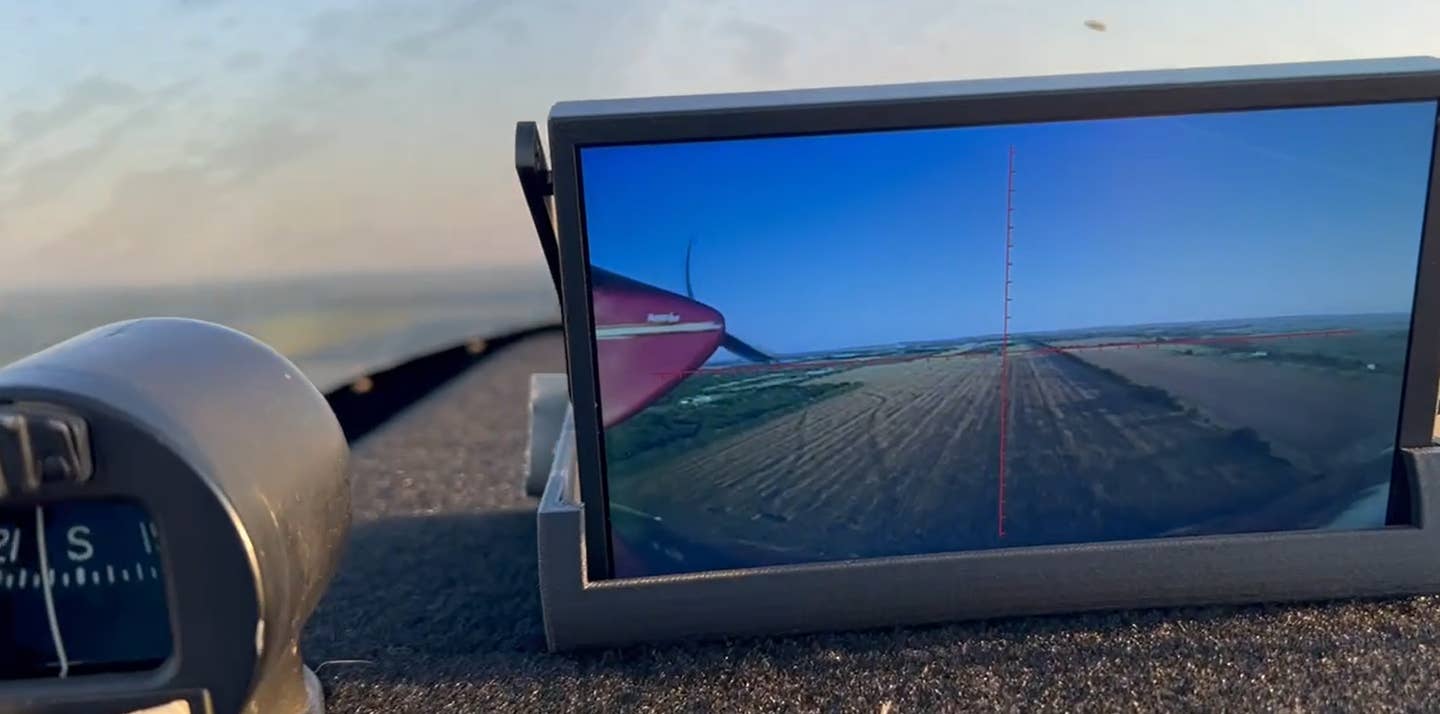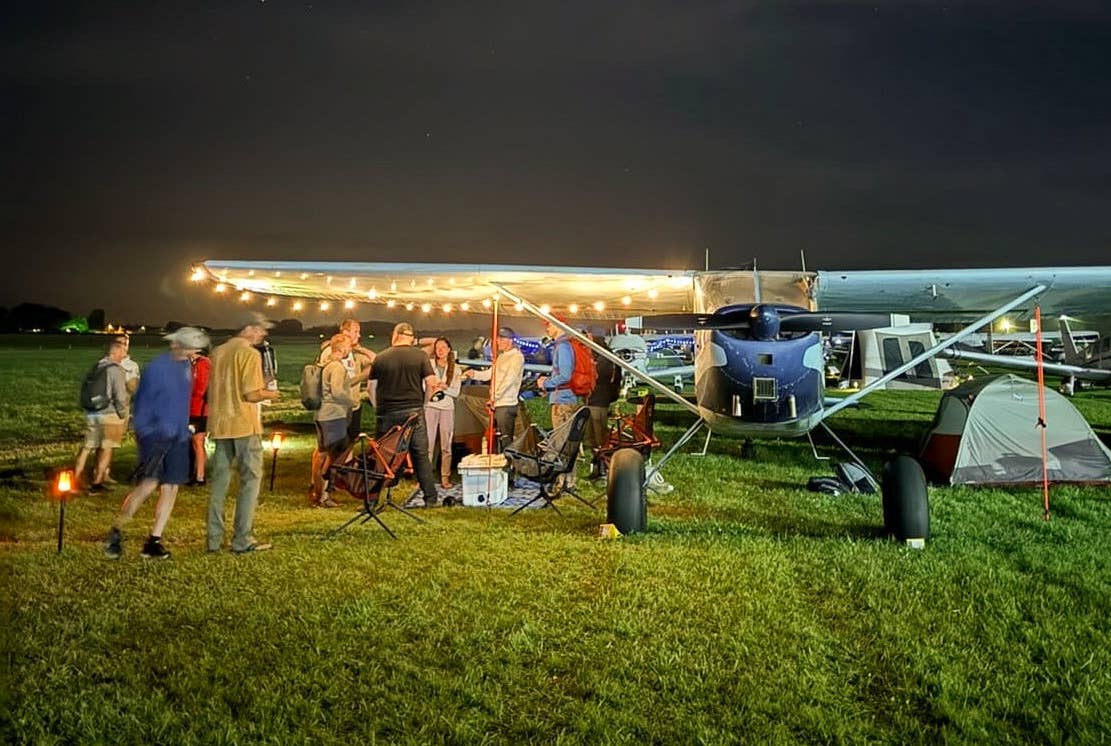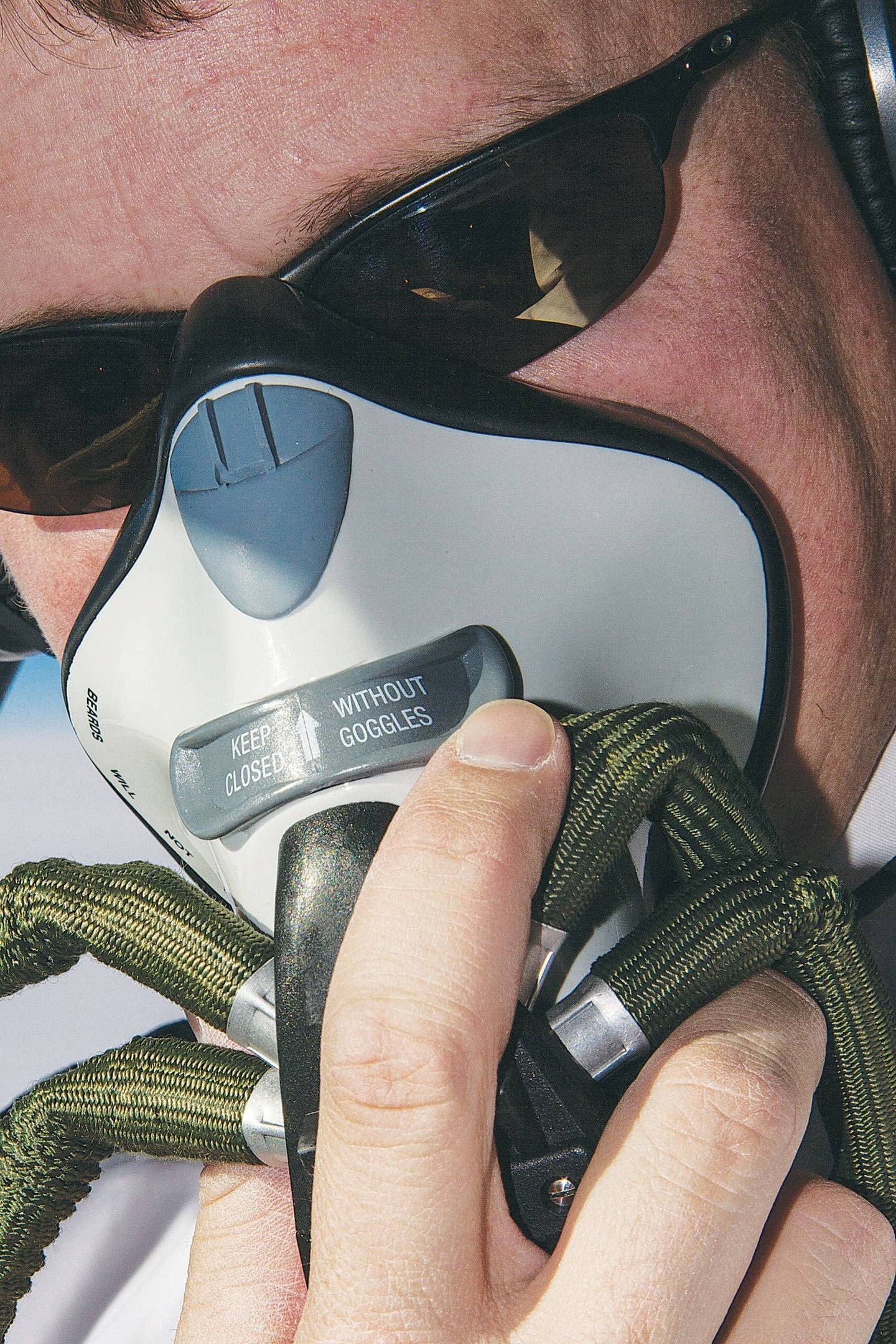
Rockwell Collins Pro Line Fusion suite
When Rockwell Collins launched its new Fusion avionics system on the Bombardier XRS (now the Global 6000) at NBAA 2007, I was completely mistaken about what this new avionics suite was all about. It was hardly my fault though. New products in our industry have always been associated with new stuff, new displays, radios, radars, antennas and so forth, so I naturally assumed that Fusion was more of the same, a product revamping that would take the company’s already highly regarded Pro Line 21 system and give it a shiny upgrade.
As nice as that sounds, this view sold Fusion short. The new product suite, as it turned out, wasn’t about products at all, but it was, rather, a new way of thinking about avionics, an architectural and systems approach that, it’s no exaggeration to say, has changed the way that Rockwell Collins thinks about avionics and the way, increasingly, that its customers do as well.
The genesis of Fusion was something called Flight 2, a project that Collins did early last decade on the Air Force's KC-135 tanker program, work that found its way onto the Boeing 787 and Airbus A380 and A350.
The magic of Fusion, said Joel Otto, senior director of commercial systems marketing for Rockwell Collins, is that it is flexible, scalable and hardware-agnostic. This range of characteristics, Otto said, gives Rockwell Collins “the ability to create a range of configurations and solutions that span that spectrum of aircraft while bringing the capabilities that are embodied in [Fusion] software across those configurations relatively simply.”
Just how the company arrived at this kind of architecture sounds simple in theory, especially in retrospect, but it required a companywide commitment to the new framework. “It’s primarily a software-based architecture,” Otto explained, “and it’s a networked and modular-based system too, so it’s much easier to add these building blocks in without disrupting the highly integrated system that already exists.”
This flexibility in terms of hardware and scale have allowed Rockwell Collins to create wildly different-looking suites with very different feature sets and capabilities without having to start from scratch each time out. “We’ve gotten to the point where the software is independent of the hardware configuration,” Otto said. “Our primary touch-screen displays, for instance, that we had at AirVenture and NBAA last year with embedded FMS and other avionics functions, were all Fusion, with all of its functionalities rehosted.”
To make this happen, Rockwell Collins engineers migrated the software to a new hardware configuration, such as the company did with the touch displays it showed off last year and just as it has done with the version of Fusion that will soon go into existing Hawker Beechcraft King Airs as Pro Line 21 upgrades. “We’ve tailored [that version of Fusion] with new interfaces,” Otto said, “to enhance single-pilot operation, in part by simplifying the flight management interface by making it more icon-based and more intuitive for that segment of the market,” though Otto added that some of the single-pilot features are likely to “migrate” up to larger platforms over time.
Otto explained that, in terms of fielding new systems on new airplanes in different market segments, Fusion makes life a lot easier by allowing the company to design and certify systems far more quickly than it ever could before. Fusion, Otto said, “gives us the ability to migrate and rehost that software across different hardware platforms and to easily change up the configuration of Fusion. [This] is what gives us the flexibility, making it easy to add or subtract features — you might have three FMSs on long-range aircraft but only two on domestic aircraft and perhaps only one on [an entry-level] class of aircraft. You can easily do all that because it’s all networked, and you don’t have dedicated data buses that you have to run every time that you want to add a new hardware unit on an older airplane. Now all we need is one network switch connection and we’re done.”
Some of the new benefits of Fusion were envisioned before customers were even aware they would want them. One such feature is Fusion’s information architecture, a design that allows Rockwell Collins to get the data that flows throughout the system to every system on the airplane and even into the corporate offices, effectively “making the aircraft a node on an information network, helping the owner of the aircraft manage that asset more effectively,” Otto said, while helping Collins develop new products to aid in that record keeping endeavor.
Fusion will also help Rockwell Collins keep its products up to date. “We know we haven’t envisioned every potential application that pilots are going to need over time,” Otto said, “so we’ve created an architecture and a framework that make it much easier for us to bring those new features and capabilities into the market as they become available or necessary. The architecture is very well positioned to be able to incorporate those more efficiently and effectively than previous architectures were able to do.”
From an aircraft manufacturer’s point of view, Fusion is magic, because it takes out a lot of the hard and expensive work of upgrading avionics capabilities, something that high-flying customers demand on a regular basis, and instead simplifies that process, not only in development but in the certification phase too, because it’s easier to “show that it’s not going to adversely affect other functions on the airplane,” Otto said. With training too, Fusion makes it simple, allowing pilots trained on previous avionics systems to upgrade to a new airplane sometimes with minimal differences training.
HUDs Integrate
Another hallmark of Fusion is that its user interface is designed to seamlessly integrate the use of a head-up display (or two) and to bring the numerous benefits of a HUD onto the primary flight display even if there's no HUD present.
As you might know, a head-up display is a projection system that allows the pilot to keep his head up (hence the name) looking at the outside world with primary flight instrumentation superimposed upon a pane of glass so there's no need to look down at the panel-mounted display in order to land the airplane. The benefits of a HUD are many, but most important is that pilots using a HUD fly approaches more accurately and more reliably. The FAA recognizes this and gives credit in certain cases to lower minimums, down to 100 feet decision altitude, for crews using a HUD to fly an approved approach.
For years HUDs have made use of a variety of sensors that see through darkness and certain types of clouds to make flying many approaches in IMC largely visual affairs. In the very recent past, these see-through sensors have been supplemented by a new technology, synthetic vision, which paints a conformal computer-generated image of the outside world. On Rockwell Collins HGS, the synthetic (SVS) and enhanced (EVS) vision pictures are combined along with flight instrument and some navigation data, and it’s all presented through a small glass display through which the pilot continues to look at the real, outside world.
I’ve flown HGS on a few different platforms now, and it changes the way you look at flying a jet. For one thing, with a HUD it is much easier to hand-fly the airplane very precisely, since there’s no need for a scan — all the information you need is right there in front of your eyes. In addition to the tradition-critical flight information, there’s more, including extensive trend information, that makes anticipating diversions, even small ones, easy.
Fusion recognizes the importance of HGS and runs with it, integrating elements of Fusion into the HGS (such as those cool, glowing airport domes that make it easy to see where the flight-planned destination is) while taking HUD symbology and using it on the primary flight display in order to make the transition from head-up time to head-down time as seamless as possible.
Fusion will also allow, as Otto pointed out, new features as they emerge. One such feature, said Peeter Sööt, principle marketing manager for head-up guidance systems for Rockwell Collins, is an enhanced vision sensor the company is developing that might help lower landing minimums down to as little as 300 feet RVR. Fusion frees up development of such products because the calculus behind building them is easier than ever, since it goes without saying that Fusion will be able to efficiently accommodate the new hardware and software related to them.
Flying Fusion
I was among the first journalists to get to see the certified version of Fusion in action when I flew the system on Bombardier's Global 6000 intercontinental bizjet out of Bradley International Airport in Connecticut recently. The Global 6000 is an amazing airplane (look for a full story on it in a coming issue of Flying), and Fusion, or the "Vision" flight deck, as Bombardier refers to it, fits into the 6000 as it does any airplane, by using the technology and interfaces appropriate to the platform.
In the case of the 6000, that meant HGS on the pilot’s side; graphical, keyboard- and cursor-driven flight management; large-screen PFDs; and multiple large secondary displays, in addition to synthetic and enhanced vision on the HUD plus a wealth of automated checklists, charts, integrated engine and systems utilities and communications utilities. One of the most elegant and useful features is the ability to “window” the displays using a single large display, a half-and-half display or a three-up display, allowing pilots to customize their information or, very importantly, continue viewing a geo-referenced approach chart full-size while keeping tabs on the systems and progress of the flight (among other options).
Interestingly, because of its size, crew makeup and mission, the Global 6000 has a relatively straightforward implementation of Fusion, one that seems perfectly aligned to the 6000’s very long range mission while giving its professional crews everything they need to do the job over land or on long over-water legs while leaving out features they arguably don’t need, such as touch displays and a second HUD, for instance.
While the Global 6000 aptly demonstrates the suitability of Fusion to the high end of the market, Rockwell Collins sees a wide range of applications, from twin turboprops to intercontinental airplanes like the Global 6000. Indeed, a lot of the capabilities of Fusion — such as its easy integration with touch displays, its highly graphical user interface and its chameleonlike reconfigurability — lend themselves to creating effective single-pilot operation solutions, such as the Pro Line 21 retrofit solution that Rockwell Collins announced last year for Hawker Beechcraft King Airs.
Fusion has been announced on more than a dozen airplanes, including the entire Bombardier Global series, the Learjet 85 and Bombardier's emerging CSeries airliners. Embraer will feature it on its Legacy 450 and 500 midsize airplanes, and Gulfstream will showcase it on the G280.
We’ll likely see many more new airplanes with Fusion as time passes, in part because pilots will love its user-friendly design, cutting-edge features and easy upgradability and in part because manufacturers get built-in efficiencies with Fusion, both when they initially certify it in their new airplane and then each time they look to upgrade it, something that will keep Fusion fresh as the years go on while keeping customers happy.

Sign-up for newsletters & special offers!
Get the latest FLYING stories & special offers delivered directly to your inbox






